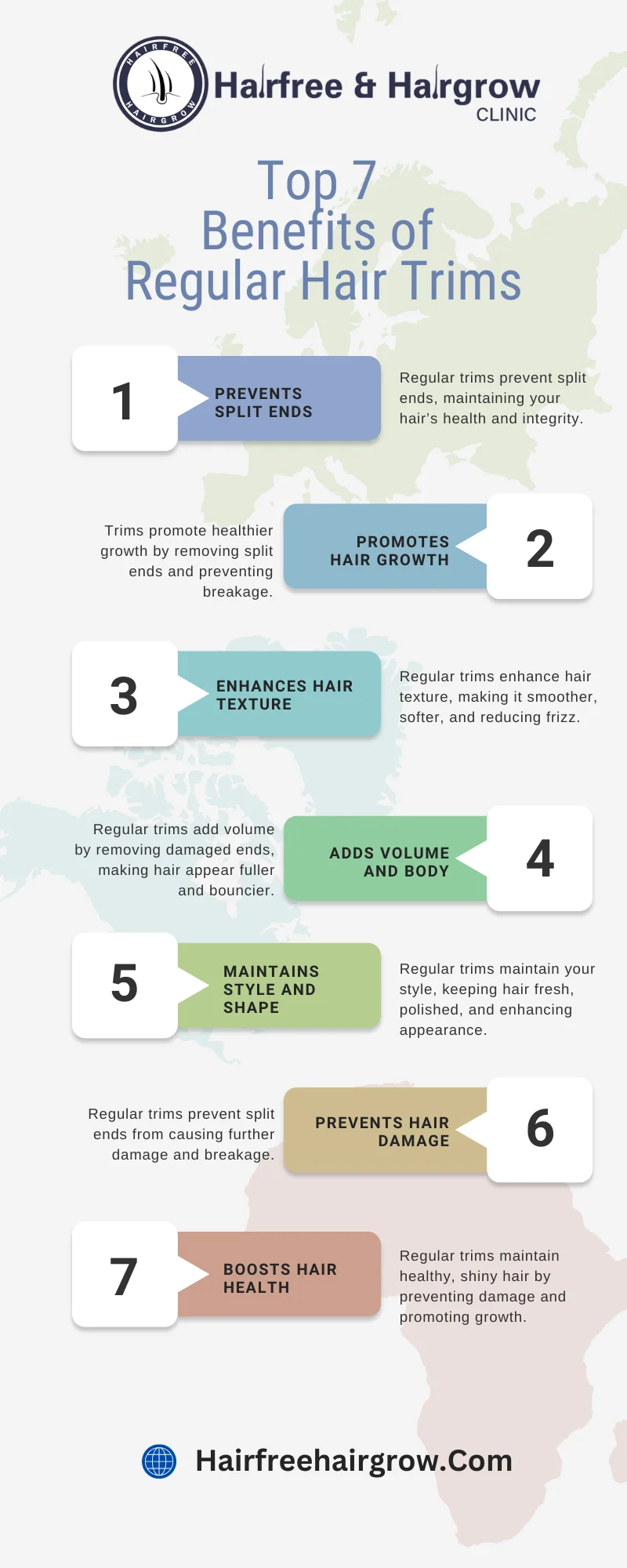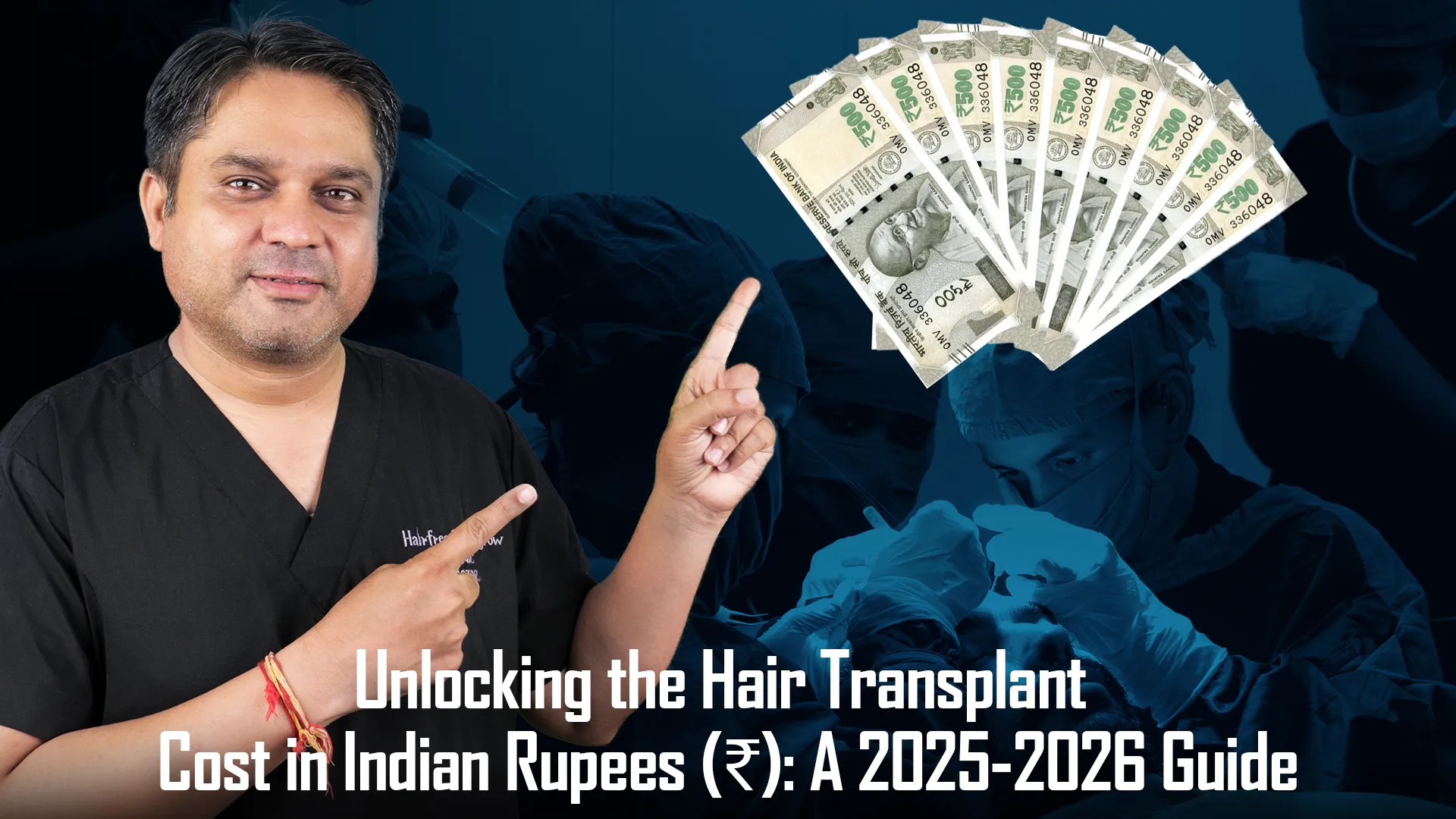Having healthy hair is something that many people strive for. It not only enhances our appearance but also boosts our confidence. While there are various ways to maintain healthy hair, one often overlooked practice is getting regular trims. In this article, we will explore the numerous benefits of regular trims for healthy hair and why it should be an essential part of your hair care routine. Regular trims unlock the benefits of hair trimming: healthier, stronger hair.

The Importance of Regular Trims
Regular trims are crucial for maintaining the health and vitality of your hair. Contrary to popular belief, getting regular trims does not make your hair grow faster. However, it helps to prevent split ends and breakage, which can hinder hair growth and make your hair appear frizzy and unkempt. By eliminating split ends, your hair will look healthier, smoother, and more manageable.
The Benefits of Hair Trimming for Healthy Hair
1. Prevents Split Ends
Split ends are a common hair problem that occurs when the hair shaft splits or breaks due to damage. Regular trims help to prevent split ends by removing the damaged ends before they travel up the hair shaft. By getting rid of split ends, you can maintain the overall health and integrity of your hair.
2. Promotes Hair Growth
While regular trims don’t directly make your hair grow faster, they do promote healthier hair growth. By removing split ends and preventing breakage, your hair will be less prone to damage, allowing it to grow longer and stronger over time.
3. Enhances Hair Texture
Regular trims can significantly improve the texture of your hair. By removing damaged ends, your hair will feel smoother and softer to the touch. It also reduces the appearance of frizz and flyaways, giving your hair a sleek and polished look.
4. Adds Volume and Body
If you’re struggling with flat and lifeless hair, regular trims can help add volume and body. By removing the dead and damaged ends, your hair will appear fuller and bouncier. Additionally, your stylist can use hair cutting techniques to create layers and shape that add dimension and movement to your hair.
5. Maintains Style and Shape
Whether you have a short pixie cut or long layers, regular trims are essential for maintaining your desired style and shape. Over time, hair can lose its shape and become unruly. By getting regular trims, you can ensure that your haircut looks fresh and polished, enhancing your overall appearance.
6. Prevents Hair Damage
Split ends and breakage can lead to further hair damage if left untreated. When split ends travel up the hair shaft, they weaken the hair, making it prone to breakage and further damage. Regular trims help to prevent this cycle of hair damage by eliminating split ends before they cause further harm.
7. Boosts Hair Health
Healthy hair is the foundation for beautiful hair. Regular trims contribute to overall hair health by keeping it free from damage and maintaining its natural shine. By removing split ends and promoting healthy growth, your hair will be stronger, more resilient, and less prone to breakage.
Frequently Asked Questions (FAQs)
How often should I get a trim?
Answer: The frequency of trims depends on your hair type and condition. As a general guideline, it is recommended to get a trim every 8 to 12 weeks. However, if you notice excessive split ends or damage, it’s best to consult with your stylist for a personalized recommendation.
Can I trim my hair at home?
Answer: While it’s possible to trim your hair at home, it is advisable to visit a professional stylist. They have the expertise and tools necessary to trim your hair evenly and accurately, ensuring the best results.
Will getting regular trims make my hair shorter?
Answer: Regular trims only remove a small portion of the hair length, usually less than an inch. The purpose is to maintain the health of your hair, not to significantly change its length.
How can I prevent split ends between trims?
Answer: To minimize split ends between trims, it’s important to follow a proper hair care routine. This includes using a wide-toothed comb to detangle wet hair, avoiding excessive heat styling, and protecting your hair from harsh environmental factors like sun and chlorine.
Can trims help with hair breakage?
Answer: Yes, regular trims can help prevent hair breakage. By removing split ends and damaged hair, your hair will be stronger and less prone to breakage.
What should I do if I want to grow my hair longer?
Answer: If you’re looking to grow your hair longer, regular trims are still important. They help to maintain the health of your hair, preventing breakage and allowing it to grow longer over time. Additionally, incorporating a healthy diet, reducing stress, and avoiding harsh styling practices can also promote hair growth.
Conclusion
Regular trims are a simple yet effective way to maintain healthy and beautiful hair. By preventing split ends, promoting hair growth, enhancing texture, and preventing damage, regular trims contribute to overall hair health. Remember to consult a doctor or a professional stylist to determine the best frequency and technique for your hair type and desired style. So, don’t neglect the benefits of regular trims for healthy hair, and make it a part of your hair care routine today! Hope this guide will help to understand the benefits of regular trims for healthy hair.

Written By
Dr. Pankaj Khunt
MD – Ukraine
Dr. Pankaj Khunt is a seasoned trichologist specializing in understanding benefits of regular trims for healthy hair. With 10 years of experience, he emphasizes importance of preventing split ends, promoting hair growth, and maintaining overall hair health.
Disclaimer
We’ve made all possible efforts to ensure that the information provided here is accurate, up-to-date and complete, however, it should not be treated as a substitute for professional medical advice, diagnosis or treatment. See Detailed Disclaimers Here.



